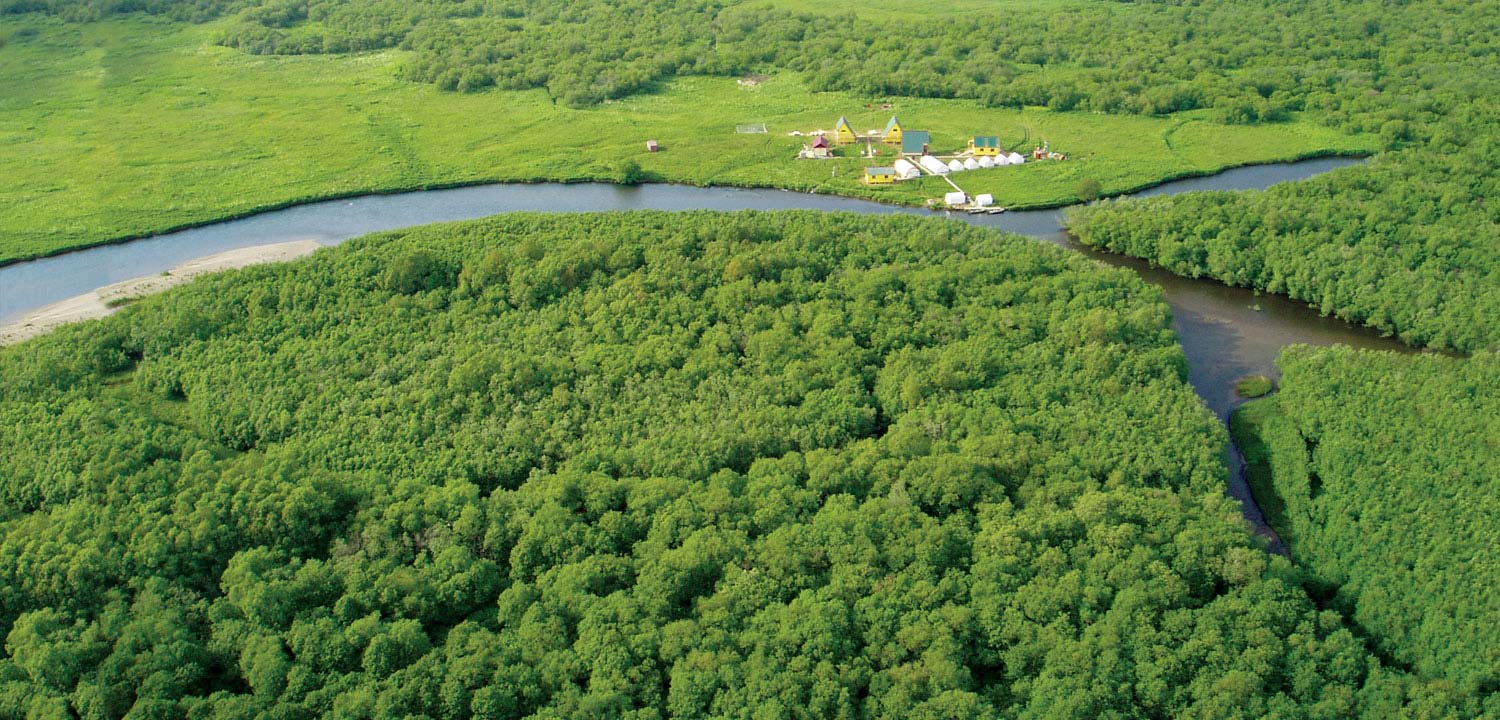Three WSC science projects that are building our understanding of salmon resilience in a changing climate.
1. What happens when glaciers disappear?
Glaciers can be a mixed blessing for salmon. Meltwater delivers reliably cold summertime flows, but too much glacial influence can render rivers frigid, silt-laden, and unproductive. Glaciers are melting at an increasing rate worldwide, and a recent study in Nature Geosciences projects a 70% reduction in the mountain glaciers of western Canada by 2100.
As glaciers retreat, will salmon expand and flourish in newly exposed habitat, or will they lose the cold, abundant summer streamflows?
A new collaboration between Wild Salmon Center and Simon Fraser University will examine a world with fewer glaciers. With a focus on coastal British Columbia and southeast Alaska, our partnership will identify areas in which glacial retreat will be a boon and bust for salmon production. This work will help shape policy decisions for a landscape in transition – for instance, assessing the environmental impact of a mine proposed now for a watershed that will lose its headwater glaciers in a few decades.
2. How much heat can fish take?
For steelhead in Southern California, one degree can make a lot of difference. On the Santa Clara River, in Ventura County, we found that one degree Celsius increase in water temperature – from 30 C (about 86 degrees Fahrenheit) to 31 degrees C (88°F) – marks the difference between life and death. This critical threshold was remarkably consistent across several summers and at over 50 different sites that we surveyed with the National Marine Fisheries Service.
As global climate trends raise summer stream temperatures, new management techniques will be required to keep juvenile fish cool and give them a greater chance of survival. Our research in the Santa Clara River suggests that reducing stream diversions and lowering river temperatures slightly may have a large impact on steelhead. In hotter climates like Southern California, we need to better understand how to balance water use and keep stream temperatures from rising above make or break thresholds for these iconic fish.
3. The steeliness of steelhead

How many ways are there to be a steelhead? Summer-runs, fall-runs, winter-runs, half-pounders are just a few life history varieties – those unique development and migration patterns that vary across populations. Steelhead spread more broadly across the Pacific Rim than any other salmon. The secret to their success could be the flexibility in their approach to life. Steelhead may spend as few as one or as many as seven years in rivers before migrating to the ocean. Or they may not go at all, completing their lives solely within freshwater as a rainbow trout.
Wild Salmon Center is working with partners in Kamchatka and across the Pacific Rim to study how healthy rivers generate diverse steelhead populations. This work builds on our earlier studies on Kamchatka steelhead begun in 2002; it will help us understand how to better conserve the features of watersheds that create diverse life histories, in the face of change.
